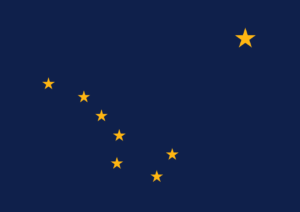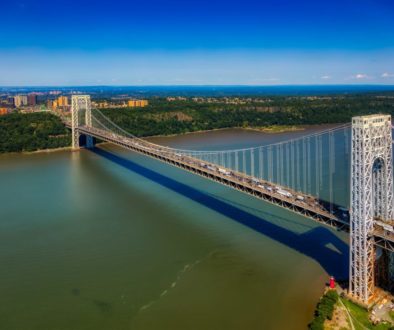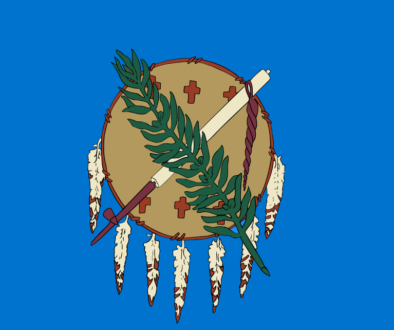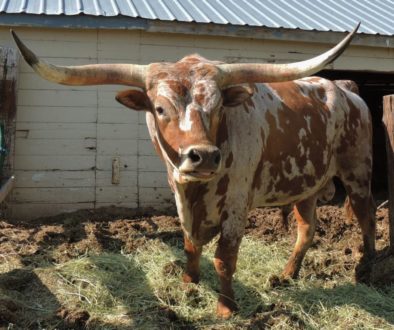Alaska
History: Alaska was occupied by various native tribes (indigenous peoples) for many thousands of years before the arrival of Europeans. Many historians believe that Alaska was where people first traveled from Asia into the Americas, by way of the Bering Strait land bridge. The Russians were the first Europeans to occupy and settle the area beginning in the 18th century. Alaska was purchased by the United States from Russia in 1867. It became the 49th state on January 3, 1959.
Economy The oil and gas industry dominates the Alaskan economy, with more than 80% of the state’s revenues derived from petroleum drilling and pumping. Alaska’s other main export product is seafood, primarily salmon, cod, pollock and crab. Tourism is also very important. Many people come on cruises along the coast, or visit the wilderness areas, to see some of the last remaining habitats of animals such as the grizzly bear or bald eagle.
Climate: The kind of climate in Anchorage, Alaska (where most of the people live) is called subarctic, due to its short, cool summers. The average daytime summer temperatures are from 55 to 78 degrees Farenheit. The average daytime winter temperatures are about 5 to 30 degrees.
Geography: Alaska does not have any other state bordering it. However, it does have an international border with Canada. It is the largest U.S. state (sorry Texas), and has more ocean coastline than all of the other states put together. Juneau is one of the only two state capitals (other-Hawaii) that can only be reached by ship or by air, because no roads connect Juneau to the rest of the continent. One can only drive to Alaska from the continental U.S. by way of Canada.
Fun Facts:
- Alaska has close to100,000 glaciers, covering 5% of the state.
- The Northern Lights are visible in Fairbanks 243 days a year.
- Anchorage’s Lake Hood is the world’s largest and busiest seaplane base. Over 800 take offs and landings happen on a busy summer day.
- Barrow, Alaska has the longest and shortest days of the year. When the sun rises on May 10th, it does not set almost 3 months. And when it sets on November 18th, people don’t see the sun for nearly 2 months.
- Alaska has more than 100 volcanoes.
- Dog mushing is the state sport of Alaska, which was once the main mode of transportation. The Iditarod dog sledding race is the state’s largest sporting event.
Points of Interest:
- Worthington Glacier
- Anchorage Coastal Wildlife Refuge-Potter Marsh
- The Homer Spit – long, narrow finger of land, dotted with businesses and recreational activities
- Kincaid Park Sand Dunes, giant sand dune rises into the trees of Kincaid park near the southwest
- Trans-Alaska Pipeline Viewpoint, one of the world’s engineering marvels
- Denali National Park, containing the tallest point in North America
Six additional sites for more information:
www.alaska.org/things-to-do/points-of-interest




